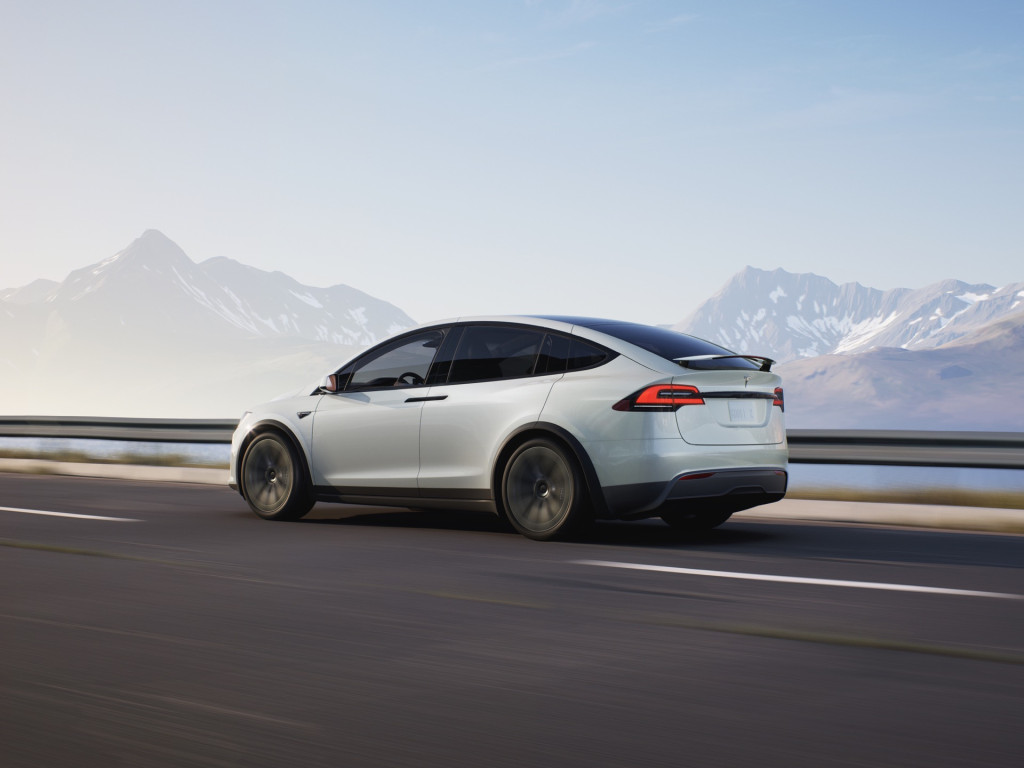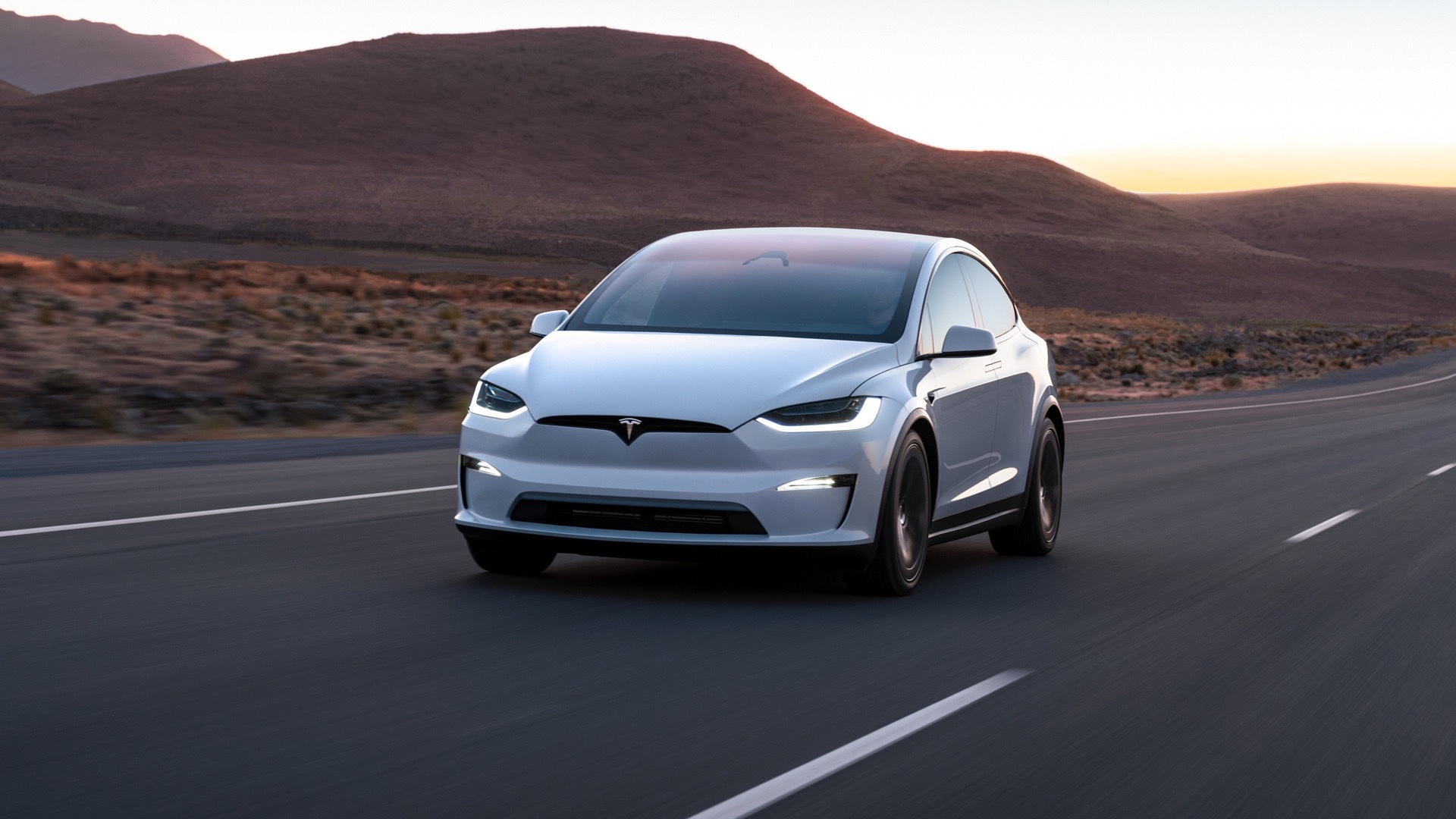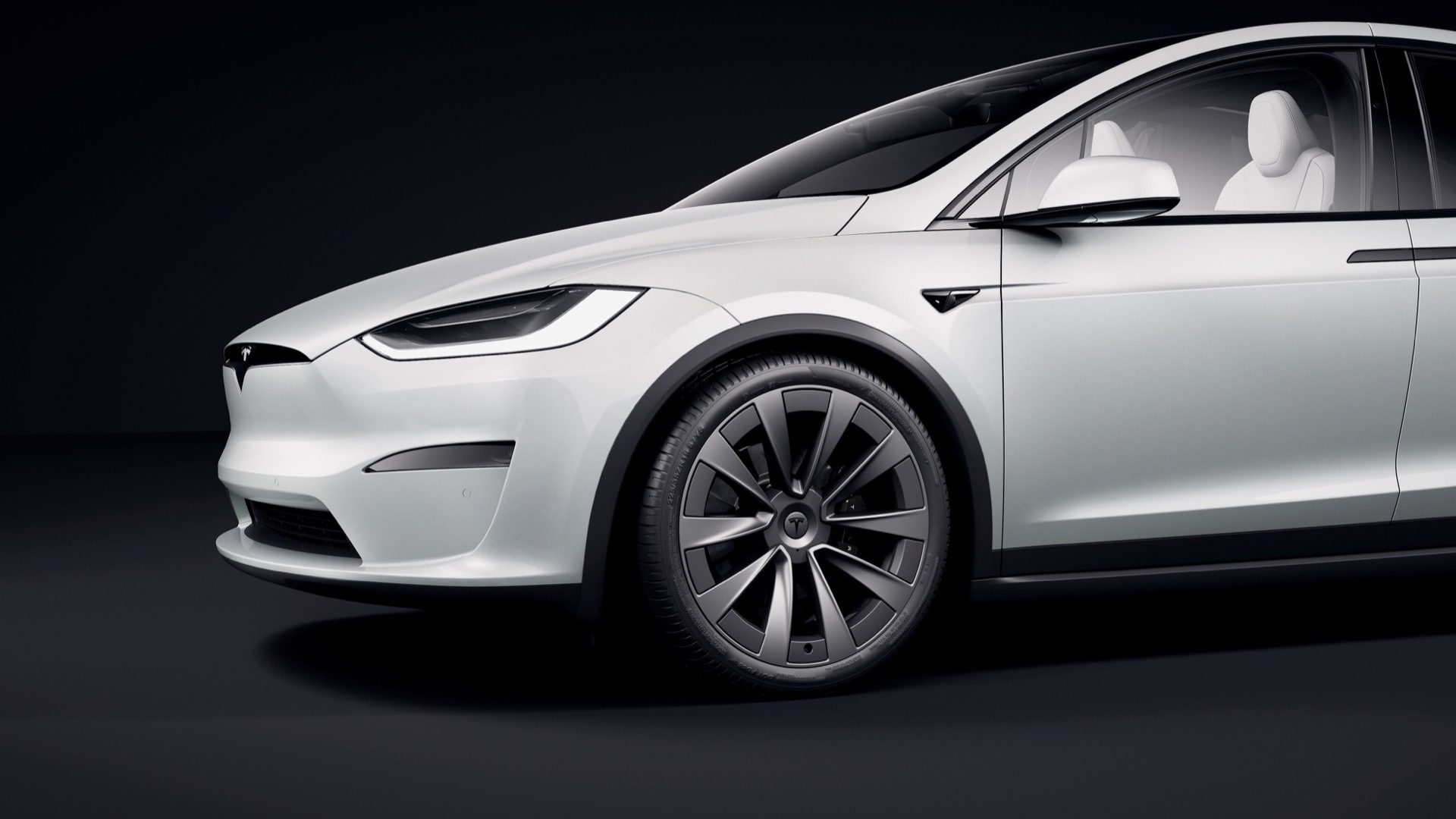Tesla on Monday added lower-priced versions of its flagship Model S sedan and Model X SUVs.
In new Standard Range form, the Model S and Model X now start at $80,130 and $89,880, respectively, including a mandatory $1,390 destination fee, representing a $10,000 price drop versus what had up until now been the lowest-price versions of the two models.
Both Standard Range versions retain a dual-motor all-wheel-drive layout, which is now just called Model S, as well as a 149-mph top speed. But it subs in what’s reported to be a software-limited battery pack bringing a reduced range of 320 miles for the Model S and 269 miles for the Model X—versus 405 miles and 348 miles for those other versions.
There’s also a bit less power on tap. The 0-60 mph acceleration is listed at 3.7 seconds and 4.4 seconds for the new Model S and Model X, versus the other models’ respective 3.1 seconds and 3.8 seconds.
Neither the power output nor the battery capacity of the new Standard Range models was made available by Tesla on its order site at the time of writing. Full battery capacity (and likely, the corresponding power output) might be restored in the future by owners with an extra-cost software upgrade, as Tesla has done in the past with such software-limited Standard Range models.

2023 Tesla Model X - Courtesy of Tesla, Inc.
The 320-mile range Model S Standard Range comes with the base 19-inch wheels. Upgrade to the 21s and the Model S Standard Range dips to a claimed 298 miles. Likewise, a step up from the Model X Standard Range’s 20-inch wheels to the 22-inchers drops range to 255 miles.
Both still offer a steering yoke as a $250 option, and you can get the Standard Range Model X in the same five-, six-, and seven-passenger layouts.
This certainly isn’t the first time Tesla has offered these models in this price range. Tesla used to offer single-motor versions of the Model S, including smaller packs as low as 60 kwh and 230 miles. Its original entry price when it arrived in 2012 was $67,400 (Tesla had planned on a $57,400 version with just a 160-mile range but eventually canceled it).
The pricing move is widely suspected not as a response to lower demand for these models specifically, but to rising interest rates and their particularly pronounced effects over the past few months. Sales of the Model S and Model X combined have actually been up this year—by 19% in the second quarter.

2023 Tesla Model X - Courtesy of Tesla, Inc.
This latest move could also be a response to Lucid, which earlier this month lowered the price of its base Air Pure to $83,900 in Dual Motor all-wheel-drive form—with an EPA rating of 410 miles. That company’s Model X-rivaling Gravity SUV is coming late next year.
After a redesign for 2021—and much fanfare over yokes—prices on these models have been on a downward trajectory. The company lowered prices across the board—by about 10% on the Model S and Model X—at the start of the year. Then it dropped them by another $10,000 in March.
Tesla also this week lowered prices on several versions of the Model Y in China, likely in an effort to compete with a wide range of home-grown EV brands in that market.



















